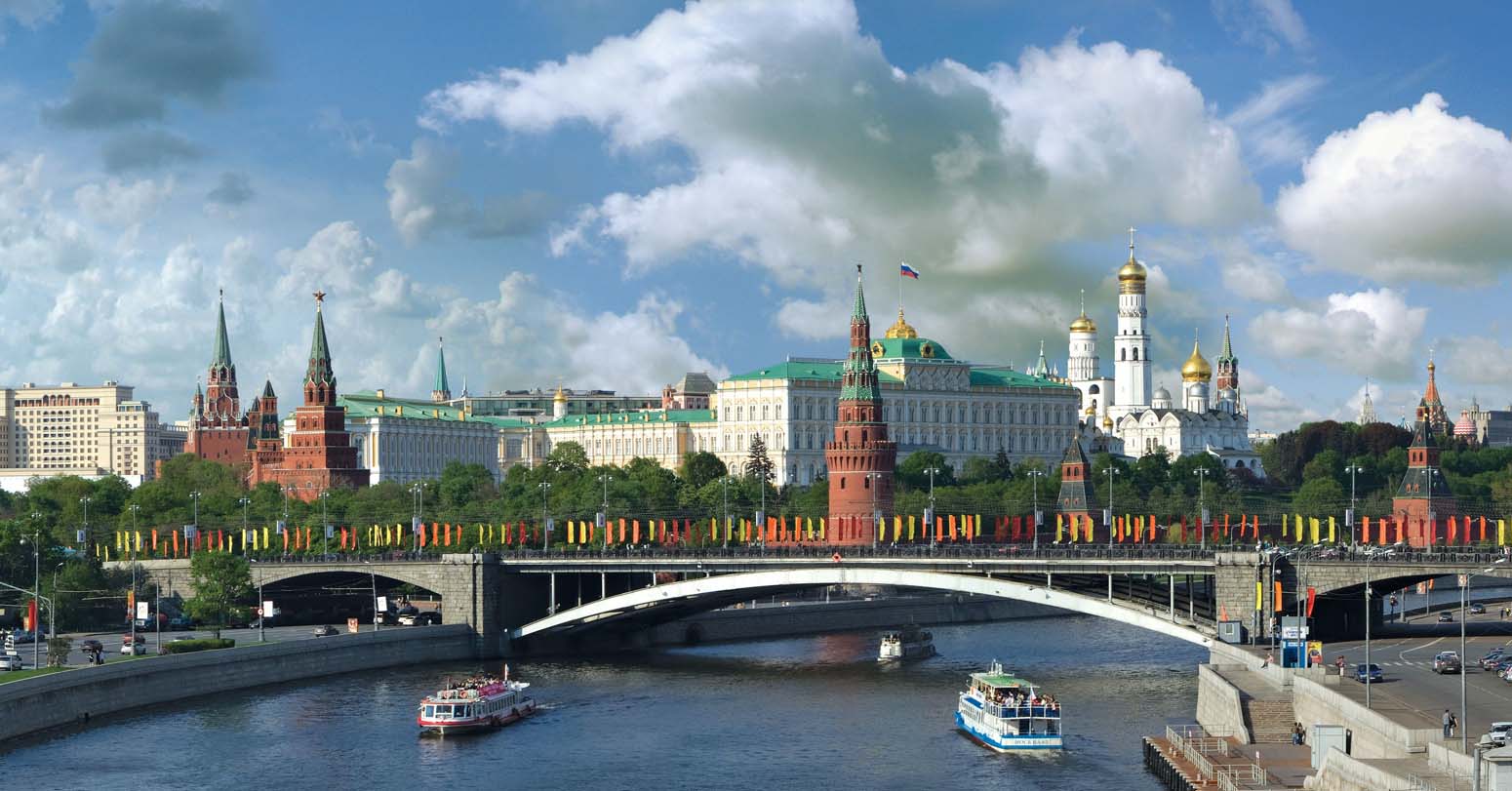
The Western Nepal has been hit by an earthquake measuring 6.4 in moment magnitude with its epicenter in Rami Dada in Jajarkot District which has claimed the lives of 157 people so far. Several people, almost double of them, 325 have been injured with few in serious conditions. This may marginally increase the death toll. The occurrence of the quake in deep midnight at 11 47 am has resulted in larger number of fatalities as the people were in deep slumber then. So many have lost their dear ones and few persons could be seen weeping and wailing and even wishing to being dead instead of being alive to see such pathetic situation. The damage has also spilled into the neighboring Rukum district.
This is barely after a month that on 3rd October that Bajhang district was hit by twin tremors of the intensities of 5.3 and 6.3 at 2 40 and 3 06 pm in the afternoon. In that temblor only one person died and the injuries were also far less at 17. But this earthquake proved to be a killer one in view of several deaths and injuries. Earthquake is not any new to Bajhang. It was struck by a quake in 1980 on the unfortunate evening of 29th July leading to the demise of 200 people and injury to 5600. 13258 houses were damaged rendering 30000 people homeless. This earthquake in Bajhang claimed only one life because it was in the afternoon and people were mostly outsides.
After the occurrence of such an incidence, the blocks of earth that rest on these plates on which we reside rub against the other blocks as these are separated by the gap or the faults that exists between them.
Quake is marked by a shaking phenomenon of the earth which is otherwise static. It is caused by the rupture developed in the junction of Indian and Tibetan plates one of the two tectonic plates forming the earth. These plates are like the outer shells of the egg the difference being that they are separated and these move across or away from one another. These have been colliding one above the other. After the occurrence of such an incidence, the blocks of earth that rest on these plates on which we reside rub against the other blocks as these are separated by the gap or the faults that exists between them. It gives rise to the tremor resulting into the collapse of the houses which are not earthquake resistant and the subsequent death and injury to the persons. The point of the fracture of the tectonic plates is known as hypocenter and the corresponding point at the exterior earth is known as the epicenter. The damage is more at the epicenter which is lesser as one moves away from this point.
The earthquake is measured in moment magnitude which ranges from 1 to 10. Earthquakes of intensity 3 are not felt but they are experienced differently depending upon their higher intensity. The earthquake of 2 in magnitude has an energy of 32 times more than that of one. The energy of magnitude one is like that of a small construction blast which is equal to 2 million joules or 0.56 Kilo Watt Hour. It is equal to the energy required for lighting a 60 Watt electric bulb for 9 hours and 20 minutes.
There was a Tethy Sea in the ancient times till 50 million years ago in the area that we reside which later developed into the mountains due to the yearly increase of 3 millimeters every year in height due to the collision of these tectonic plates. So, Nepal has observed regular earthquakes the first of which was recorded on 24th December 1223 when King Abhya Malla was ruling in Nepal. The King perished in the following earthquake of 1257 which had its epicenter in Gorkha. Yet another King Ari Malla Dev the Second died in the 1347 Gorkha centered earthquake. Since then several earthquakes have occurred, the most devastating being of the year 1833, 1934 and 2015. The 2015 earthquake has been followed by the one in Bajhang and now in Jajarkot.
The stone walled buildings with timber structures have been damaged the most. It is because of the frail joint in the corners and the double leaf form of the walls, disconnected joists, rafters and the ridge which sway with the earthquake eventually leading to collapse. But one can see particularly in Jumla district how the early builders had used an earthquake resistant construction of laying the timber lumbers below and above the window also called at the sill and lintel levels which keep the building tight within itself thus resisting the earthquake. This is the technology that is prescribed even today in the case of the stone and timber structured buildings.
The occurrence of an earthquake of 8.7 in magnitude will release all the energy but it will also lead to astronomical damage.
This technology was however not used in the following time due to which such buildings in the hills and mountainous region of our country are vulnerable even to moderate size earthquakes. In fact, the western Nepal has not experienced major earthquake after 1505 and considerable energy has been stored since then to cause an earthquake of 8.7 in magnitude. This would mean the storage of about 1000 earthquakes of the 6.4 magnitude because the increase of one in magnitude is equivalent to thirty-two times in energy. It means that energy of two 6.4 earthquakes has been released with about 998 of them still awaiting to explode any time. The occurrence of an earthquake of 8.7 in magnitude will release all the energy but it will also lead to astronomical damage.
So what are the options available at the present. The first one is go as usual. Just recue the people from the debris, provide relief to them and then rehabilitate them by constructing shelters for the victims. The second one is construct new earthquake resistant settlements in the vacant area and shift the people from their place of stay. Third introduce cost effective earthquake damping and retrofitting measures so that there is very little or no death in the forthcoming 998 earthquakes of 6.4 or a single one of 8.8 in magnitude.
The first one is not becoming of a civilized society. The second one is difficult for a poor country like Nepal. The third one is well within the reach if tried with full determination.
The columnist has researched on the damping technology in the premise of the Nepal Academy of Science and Technology that consists of making a trench round the settlement, laying a plastic sheet, filling the trench with stones obtained by excavating the trench. This method has been found to damp the earthquake by about 50 per cent. Though it does not address the body waves, it blunts the devastating surface waves. The stone and timbered structures can be further strengthened by bamboo retrofitting that consists of putting the bamboo mesh in the exterior as well as the interior wall followed by their tightening across the holes formerly made in the walls through the use of bamboo straps or gabon wire if available. This tightening is extended to the joist, rafters and the eaves end. It makes the whole building tied to each other and resistant to the earthquake. Such technology used in five districts, Kathmandu, Kaski, Sindhuli, Sindhupalchok and Ramechhap through the mobilization of the Engineering students of the Pulchowk campus in the vacation in 2006 withstood the earthquake of 2015. While the other buildings were razed to the ground these retrofitted buildings stood virtually taller than before. These technologies use the local material, the stone, plastic sheet and the bamboo. It can be carried out by local persons after a day's training.
Though nothing for sure can be said about when the earthquake will occur, the occurrence of earthquake in regular intervals ranging from 4 to 6.4 in magnitude may signal of similar such earthquake occurring in regular intervals or the occurrence of the big one all of a sudden. But Nepal has to be prepared for such earthquakes for which the technology is the only answer. Had the scientists not developed the vaccine and given to each and every individual in the country, Corona Virus would still be haunting merrily. The application of the technology has made Corona a thing of the past. Similarly, the use of an effective technology can render Nepal earthquake free as it has done in Japan. This country experiences earthquakes at regular intervals but because of the use of an effective earthquake resistant technology earthquake has been something like a come and go event.
Unfortunately, the Government is turning a deaf ear to such technologies despite presentations made in front of the Chief District Officers and also the Mayors of the Municipalities when Bal Krishna Khnad was the Home Minister. It is like a dumb student forgets whatever is being taught after the exit from the class. It has led into such loss of life and property in Nepal in the wake of the earthquakes.
The author is the former Vice-Chancellor of Nepal Academy of Science and Technology (NAST).



















Comprehensive Data Protection Law Critically
Gender Differences In Mental Healthcare
Messi Wins Best FIFA Men’s
Erosion of Democracy
Fly Dubai Catches Fire in
“Complexities of the South Asian